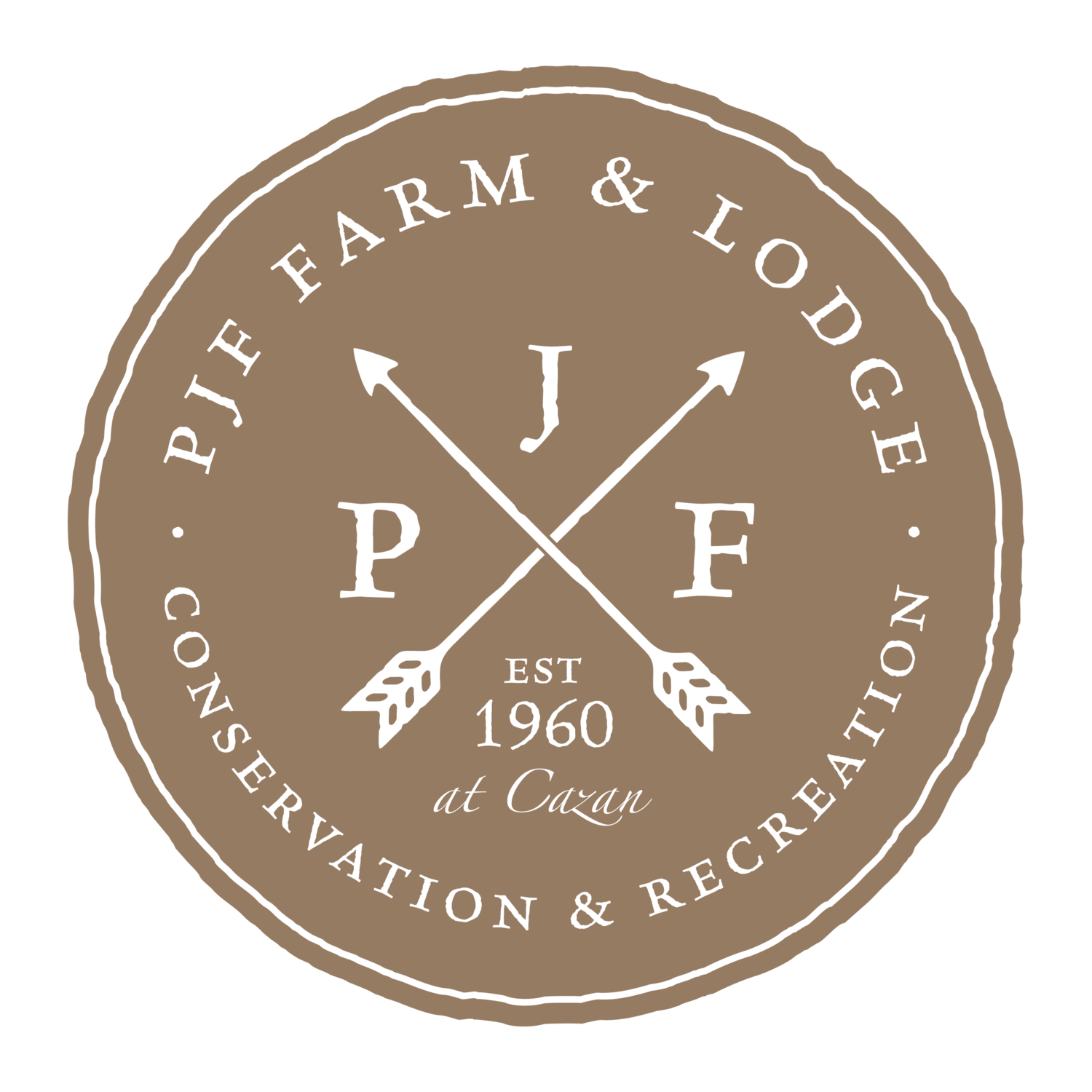
the rookery
Mixed Wading Bird Rookery
Wading birds are long-legged water birds that hunt for aquatic prey by quietly wading through shallow water. Here in the U.S., this grouping of birds includes the herons, egrets, ibises, Wood Stork, and Roseate Spoonbill. Within the cypress swamps of the southern Atlantic and Gulf Coasts, these birds form mixed-species rookeries where they breed, nest, and raise their young each year. Cypress swamps are the preferred rookery habitat type, as they are permanently flooded and usually host alligators. Both the permanent water and alligators are effective deterrents to would-be nest robbers such as raccoons, minks, most tree-climbing snakes, and other bird-eating animals.
As a result of the sheer acreage of cypress swamp habitat that they possess, Louisiana and Florida are known to host the most mixed wading bird rookeries. Here in Louisiana, 50-60 rookeries have been identified – filled with hundreds of thousands of wading birds each spring. The majority of rookeries are located deep in the swamps in secluded sites, but the PJF Farm rookery is an exception. Located on the east side of Old Lake, birders and photographers are able to drive right up to the edge of the rookery, where the birds can be safely observed from shore!
As is the case with most mixed wading bird rookeries, the larger, stronger species such as the Great Blue Heron, Roseate Spoonbill, and Anhinga claim the highest nesting sites at the tops of the cypress trees. Just below them, in the mid-story of the cypresses, are the Great Egret and White Ibis. And below them, often relegated to the tops of the buttonbushes skirting the cypresses, are the Cattle Egret, Snowy Egret, and Little Blue Heron. Neotropic Cormorants, both Black-crowned and Yellow-crowned Night-herons, as well as the diminutive Green Heron, tend to nest on the outskirts of these raucous colonies.
Here at the PJF Farm rookery, courtship displays begin as early as late January, involving mostly Great Blue Herons and Great Egrets. As the days go by, more species and more individuals get involved in courtship, nesting, and finally brooding young birds, peaking in April through much of May.







